Vacant land owned by the mayor around his Kix-McNutley's nightclub complex on 63rd Street serves as a buffer with the surrounding neighborhood.
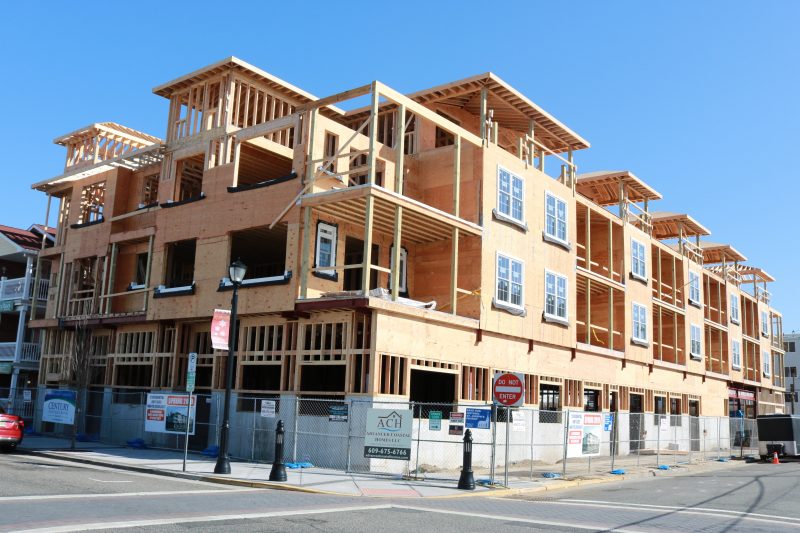 By Donald Wittkowski
Since 2008, developers have been capitalizing on a zoning change in Sea Isle City that encourages them to build projects that combine commercial space such as restaurants and retail shops on the first floor with condominiums on the upper levels.
The zoning change has been a catalyst for new construction, but has been shadowed by complaints from local residents that it has caused overcrowding and parking shortages in the shore town.
Now, Mayor Leonard Desiderio is renewing his push to revisit the issue. For the second year in a row, he is calling on City Council to consider new changes in the zoning laws to reduce the housing density allowed in Sea Isle’s commercial zones.
During his annual State of the City address on Feb. 13, Desiderio said he is confident the city can find common ground that would satisfy both the residents and the developers.
“I continue to receive feedback from many of our residents who have concerns with this issue; and I still believe there are changes we can make that respect property rights while still assuring and preserving quality of life for our residents,” he said during his remarks.
He went on to say that he believes that by reducing the housing density allowed in the commercial zones, it would have “a positive impact on our city.”
By Donald Wittkowski
Since 2008, developers have been capitalizing on a zoning change in Sea Isle City that encourages them to build projects that combine commercial space such as restaurants and retail shops on the first floor with condominiums on the upper levels.
The zoning change has been a catalyst for new construction, but has been shadowed by complaints from local residents that it has caused overcrowding and parking shortages in the shore town.
Now, Mayor Leonard Desiderio is renewing his push to revisit the issue. For the second year in a row, he is calling on City Council to consider new changes in the zoning laws to reduce the housing density allowed in Sea Isle’s commercial zones.
During his annual State of the City address on Feb. 13, Desiderio said he is confident the city can find common ground that would satisfy both the residents and the developers.
“I continue to receive feedback from many of our residents who have concerns with this issue; and I still believe there are changes we can make that respect property rights while still assuring and preserving quality of life for our residents,” he said during his remarks.
He went on to say that he believes that by reducing the housing density allowed in the commercial zones, it would have “a positive impact on our city.”
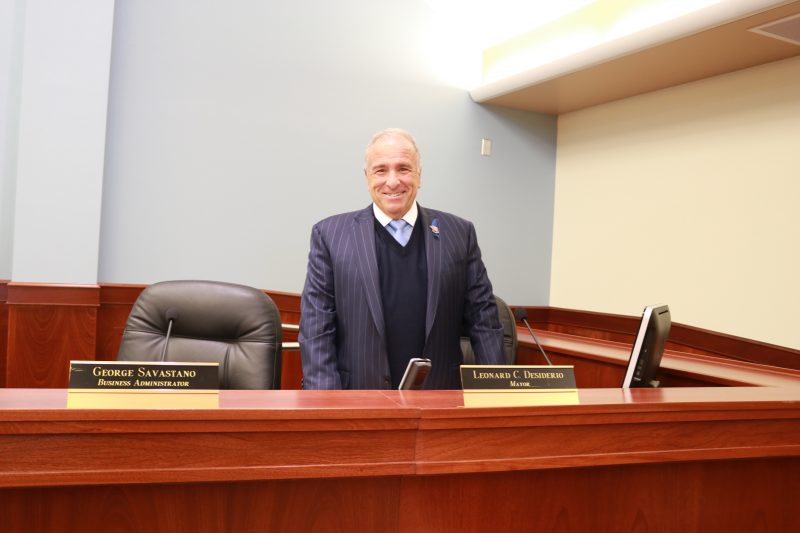 Mayor Leonard Desiderio is proposing to reduce housing density in commercial zones in response to complaints from local residents about overcrowding.
In 2017, Sea Isle updated its master plan, a blueprint for the future that proposes sweeping zoning changes aimed at reducing density and parking problems in both the commercial and residential sections of the city.
However, Desiderio noted that the updated master plan does not recommend changes to the housing density allowed in the commercial zones.
“As I’ve said in the past, I believe this requires further review, and I say this as a commercial property owner who could be negatively impacted by zoning changes,” he said.
In an interview, Desiderio explained that a reduction in housing density, if approved, would affect the commercial property he owns surrounding his Kix-McNutley’s bar and nightclub complex on 63rd Street.
“This will affect me more than anyone else in the community,” he said.
He owns 23 or 24 lots surrounding Kix-McNutley's that could be redeveloped for commercial and housing projects. In all, he could build about 120 units of housing on the property under the city’s existing zoning laws, he said.
Mayor Leonard Desiderio is proposing to reduce housing density in commercial zones in response to complaints from local residents about overcrowding.
In 2017, Sea Isle updated its master plan, a blueprint for the future that proposes sweeping zoning changes aimed at reducing density and parking problems in both the commercial and residential sections of the city.
However, Desiderio noted that the updated master plan does not recommend changes to the housing density allowed in the commercial zones.
“As I’ve said in the past, I believe this requires further review, and I say this as a commercial property owner who could be negatively impacted by zoning changes,” he said.
In an interview, Desiderio explained that a reduction in housing density, if approved, would affect the commercial property he owns surrounding his Kix-McNutley’s bar and nightclub complex on 63rd Street.
“This will affect me more than anyone else in the community,” he said.
He owns 23 or 24 lots surrounding Kix-McNutley's that could be redeveloped for commercial and housing projects. In all, he could build about 120 units of housing on the property under the city’s existing zoning laws, he said.
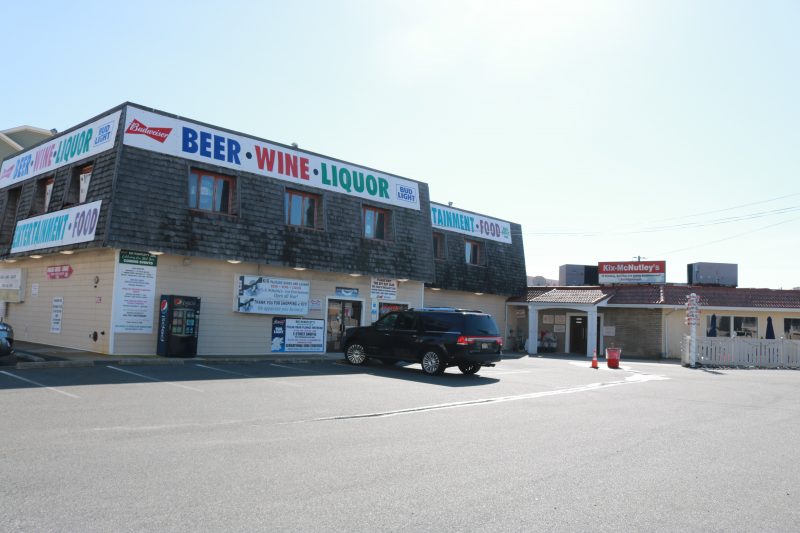 The mayor says the property he owns around his Kix-McNutley's nightclub complex would be affected if there is a reduction in housing density in commercial zones.
Desiderio pointed out he has turned down offers from builders to redevelop the land. Instead, he keeps the property vacant to serve as a buffer between his nightclub complex and the surrounding neighborhood.
“I’m looking out for my neighbors, and that’s what I’ve done as mayor,” he said in the interview.
The mayor says the property he owns around his Kix-McNutley's nightclub complex would be affected if there is a reduction in housing density in commercial zones.
Desiderio pointed out he has turned down offers from builders to redevelop the land. Instead, he keeps the property vacant to serve as a buffer between his nightclub complex and the surrounding neighborhood.
“I’m looking out for my neighbors, and that’s what I’ve done as mayor,” he said in the interview.
 Former Councilman John Divney would like the city to reduce housing density in the residential zones to help ease overcrowding.
Former City Councilman John Divney wants to city to tighten the zoning laws even more by also reducing the housing density allowed in the residential zones. He characterized overcrowding in the residential zones as the “real issue.”
“I think if anything is looked at, that’s what we should look at,” Divney said of the housing density in the residential zones while speaking during a Feb. 14 public workshop on the city’s 2019 municipal budget.
In the meantime, projects that are underway or have been approved will continue as normal. Desiderio said he is looking in the future to reduce housing density in the commercial zones.
Mixed-use projects that combine commercial space with housing have been growing in popularity in recent years. There is no sign that the trend is about to slow down in the near term.
Two properties under construction on the Landis Avenue corridor in the downtown business district are following the mixed-use model. Both projects are scheduled to open this year.
One project at 42nd Street and Landis will feature 12 residential units on the top floors and 5,700 square feet of commercial space at street level, according to a sign at the site.
The other project, at 44th Street and Landis, will include commercial space, possibility a restaurant, on the first floor and six condos on the top two stories.
Former Councilman John Divney would like the city to reduce housing density in the residential zones to help ease overcrowding.
Former City Councilman John Divney wants to city to tighten the zoning laws even more by also reducing the housing density allowed in the residential zones. He characterized overcrowding in the residential zones as the “real issue.”
“I think if anything is looked at, that’s what we should look at,” Divney said of the housing density in the residential zones while speaking during a Feb. 14 public workshop on the city’s 2019 municipal budget.
In the meantime, projects that are underway or have been approved will continue as normal. Desiderio said he is looking in the future to reduce housing density in the commercial zones.
Mixed-use projects that combine commercial space with housing have been growing in popularity in recent years. There is no sign that the trend is about to slow down in the near term.
Two properties under construction on the Landis Avenue corridor in the downtown business district are following the mixed-use model. Both projects are scheduled to open this year.
One project at 42nd Street and Landis will feature 12 residential units on the top floors and 5,700 square feet of commercial space at street level, according to a sign at the site.
The other project, at 44th Street and Landis, will include commercial space, possibility a restaurant, on the first floor and six condos on the top two stories.
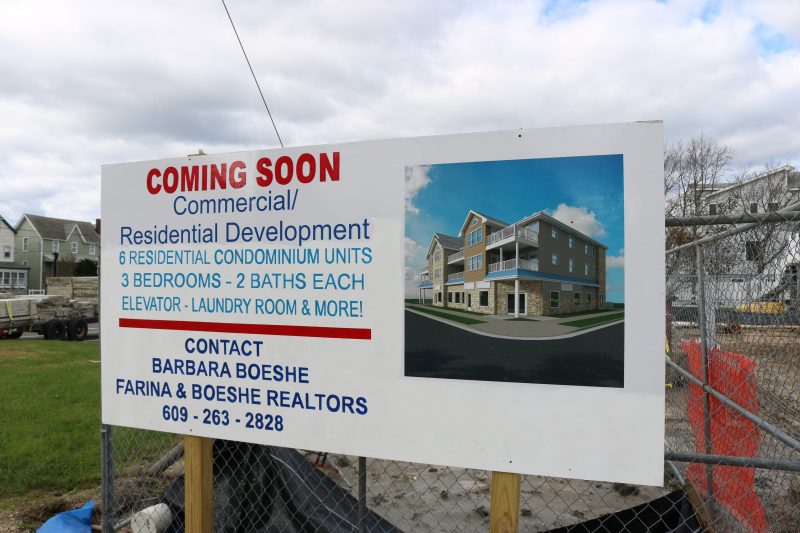 At the corner of 44th Street and Landis Avenue, a three-story complex will include commercial space and six upscale condos.
An even more dramatic commercial-residential redevelopment project is proposed for the site of the LaCosta Lounge, a high-profile location at the corner of John F. Kennedy Boulevard and Landis Avenue.
Developers Christopher Glancey and Bob Morris, who bought the LaCosta last year for $7.3 million, plan to demolish the nightclub this coming fall to build an upscale hotel complex featuring 20 apartments and 26 suites. They also want to build two bars and a restaurant on the site.
Sea Isle’s Springfield Inn, an iconic beachfront bar and nightclub, has been on the market for $6.7 million as part of a proposed redevelopment plan that would see the old building replaced with a new restaurant, outdoor bar and high-end condos.
Glancey and Morris have teamed up in the last two years to develop three commercial-residential projects on Landis Avenue, between 85th and 87th streets, in the Townsends Inlet section of Sea Isle. They combined restaurant, retail and condo space in three-story buildings known as the Dunes, the Cape and the Cove.
At the corner of 44th Street and Landis Avenue, a three-story complex will include commercial space and six upscale condos.
An even more dramatic commercial-residential redevelopment project is proposed for the site of the LaCosta Lounge, a high-profile location at the corner of John F. Kennedy Boulevard and Landis Avenue.
Developers Christopher Glancey and Bob Morris, who bought the LaCosta last year for $7.3 million, plan to demolish the nightclub this coming fall to build an upscale hotel complex featuring 20 apartments and 26 suites. They also want to build two bars and a restaurant on the site.
Sea Isle’s Springfield Inn, an iconic beachfront bar and nightclub, has been on the market for $6.7 million as part of a proposed redevelopment plan that would see the old building replaced with a new restaurant, outdoor bar and high-end condos.
Glancey and Morris have teamed up in the last two years to develop three commercial-residential projects on Landis Avenue, between 85th and 87th streets, in the Townsends Inlet section of Sea Isle. They combined restaurant, retail and condo space in three-story buildings known as the Dunes, the Cape and the Cove.
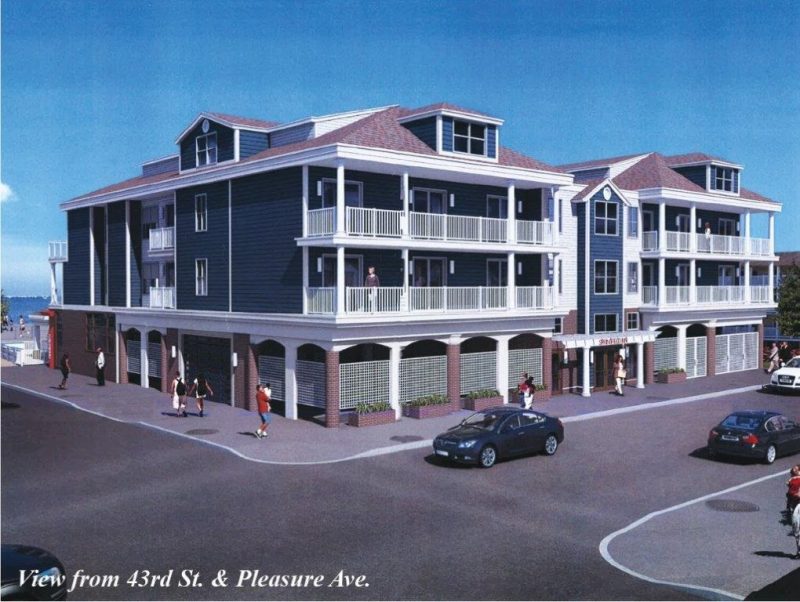 An architectural rendering depicts the three-story restaurant, bar and condominium complex that may replace the Springfield Inn.
An architectural rendering depicts the three-story restaurant, bar and condominium complex that may replace the Springfield Inn.